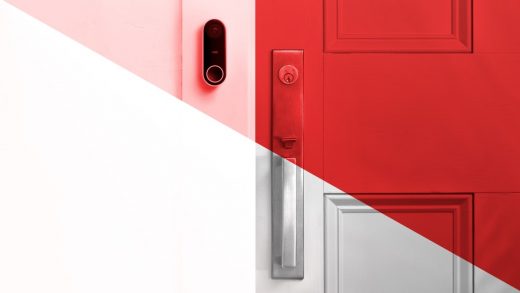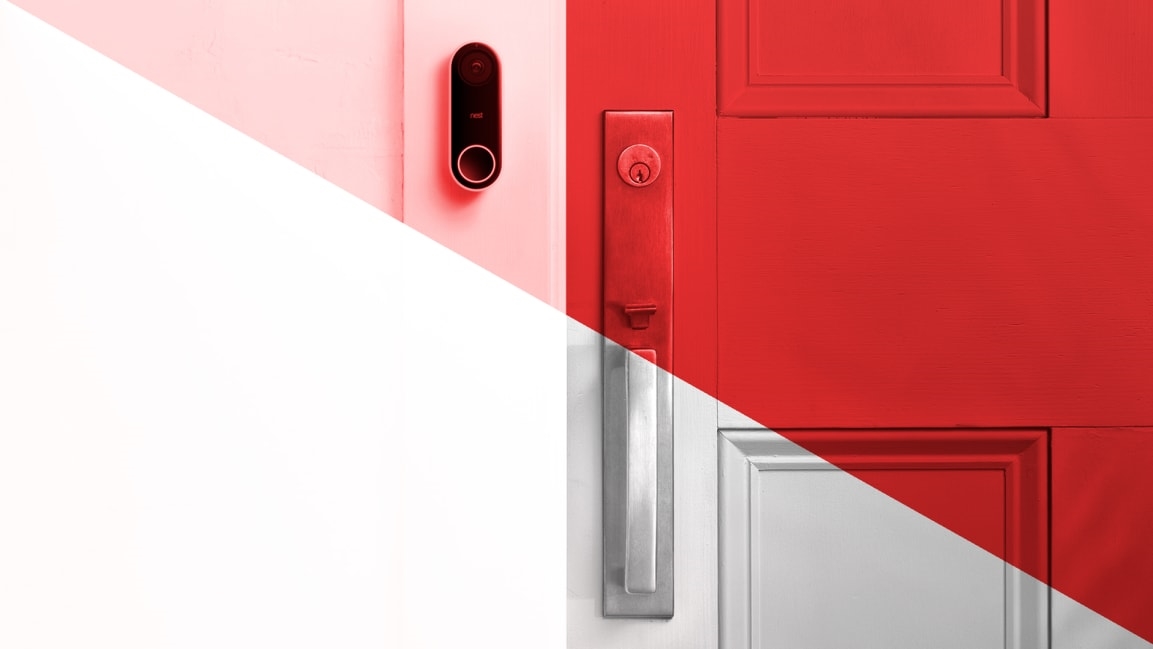That major Google outage meant some Nest users couldn’t unlock doors or use the AC
If you’re a Google user, you probably noticed some trouble last night when trying to access Google-owned services. Last night, Google reported several issues with its Cloud Platform, which made several Google sites slow or inoperable. Because of this, many of Google’s sites and services–including Gmail, G Suite, and YouTube–were slow or completely down for users in the U.S. and Europe.
However, the Google Cloud outage also affected third-party apps and services that use Google Cloud space for hosting. Affected third-party apps and services include Discord, Snapchat, and even Apple’s iCloud services.
But an especially annoying side effect of Google Cloud’s downtime was that Nest-branded smart home products for some users just failed to work. According to reports from Twitter, many people were unable to use their Nest thermostats, Nest smart locks, and Nest cameras during the downtime. This essentially meant that because of a cloud storage outage, people were prevented from getting inside their homes, using their AC, and monitoring their babies.
So we finally get AC, right? Great.
Google is down. We have a Nest thermostat. Nest runs on Google. Can’t turn on AC because app is down.
Neat.
— Danny (@jDantastic) June 2, 2019
@googlenest It’s very inconvenient when the system is down. Especially if you use Nest Cameras for baby monitors. Is the outage expected to end soon? Sometimes I wish I just got simple baby monitors instead of paying a premium price and a monthly fee for an inconsistent service.
— Chris Weix (@thebigwax) June 2, 2019
Google cloud is down so people can’t turn on their AC or get open their “smart” locks to let people into the house etc. https://t.co/oqKdBcNGC0 https://t.co/z2kkWf9oN4
— zeynep tufekci (@zeynep) June 2, 2019
For Google’s part, the company says a “network congestion issue in eastern USA” was causing the problems and that those issues have now been resolved as of 4 p.m. PT on Sunday. Still, the downtime of their Cloud Platform goes a long way to showing what can happen in an age when smart home technology requires always being connected to the cloud.
(13)



